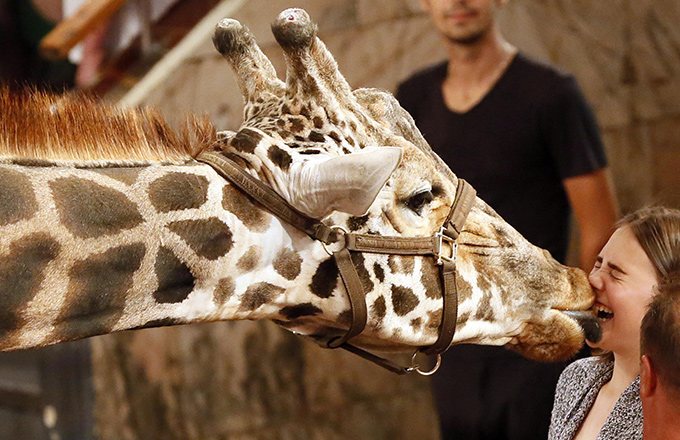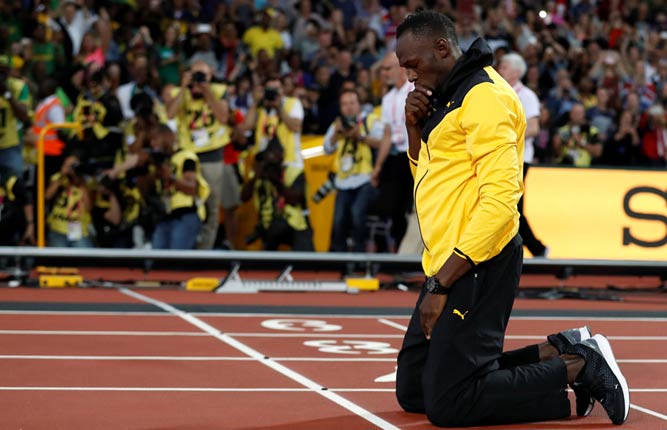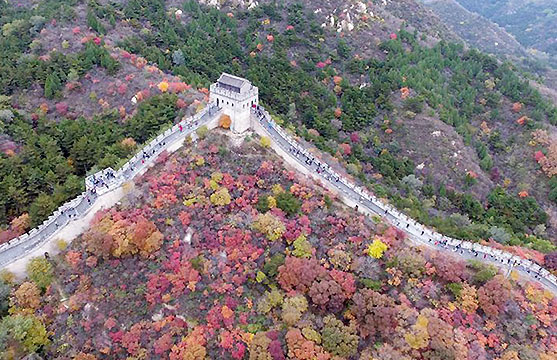PLA plays to its strengths in war games
 |
|
Smoke bombs explode over the Gobi Desert during a Safe Environment event to simulate combat conditions. ZOU HONG/CHINA DAILY |
Like many soldiers who took part, Lu put the success down to China's unprecedented military reform, which has focused largely on improving combat training for the armed forces.
The Central Military Commission unveiled an overall reform plan in July 2015, which was quickly followed by a decision to cut 300,000 troops as well as revamp the command system. The commission, headed by President Xi Jinping, pledged to establish a leaner and more efficient chain of command, reduce the number of noncombatant personnel and departments, and build the PLA into a mighty force capable of winning a modern war.
While the Ground Force may face the hardest task in meeting the troop reduction target, the reform is a historic opportunity, according to Major General Zhang Mingcai, deputy chief of staff for the Ground Force.
"The reform has forced us to be reborn and pushed forward the restructuring process," said Zhang, who was on the judging panel in Korla. "It has greatly helped optimize troop structure and improve weaponry development. Plus, actual combat training has been significantly boosted."
Lu said he has seen obvious changes in training since the reform began. "We now focus on taking down moving targets with live ammunition instead of practicing on fixed targets, as it's a vital skill in actual combat," the gunner said.
Senior Colonel Yang Yong, the Chinese team leader for the Clear Sky event, which tested a military's air defenses, said the window for destroying an airborne missile-or "making it blossom", as gunners say-is between four and six seconds.
"Tough, strict and realistic combat training is the key to winning battles," he said, adding that during air-defense events, teams had to move quickly after firing at each target, which is necessary in a real combat situation to avoid being spotted by the enemy.













